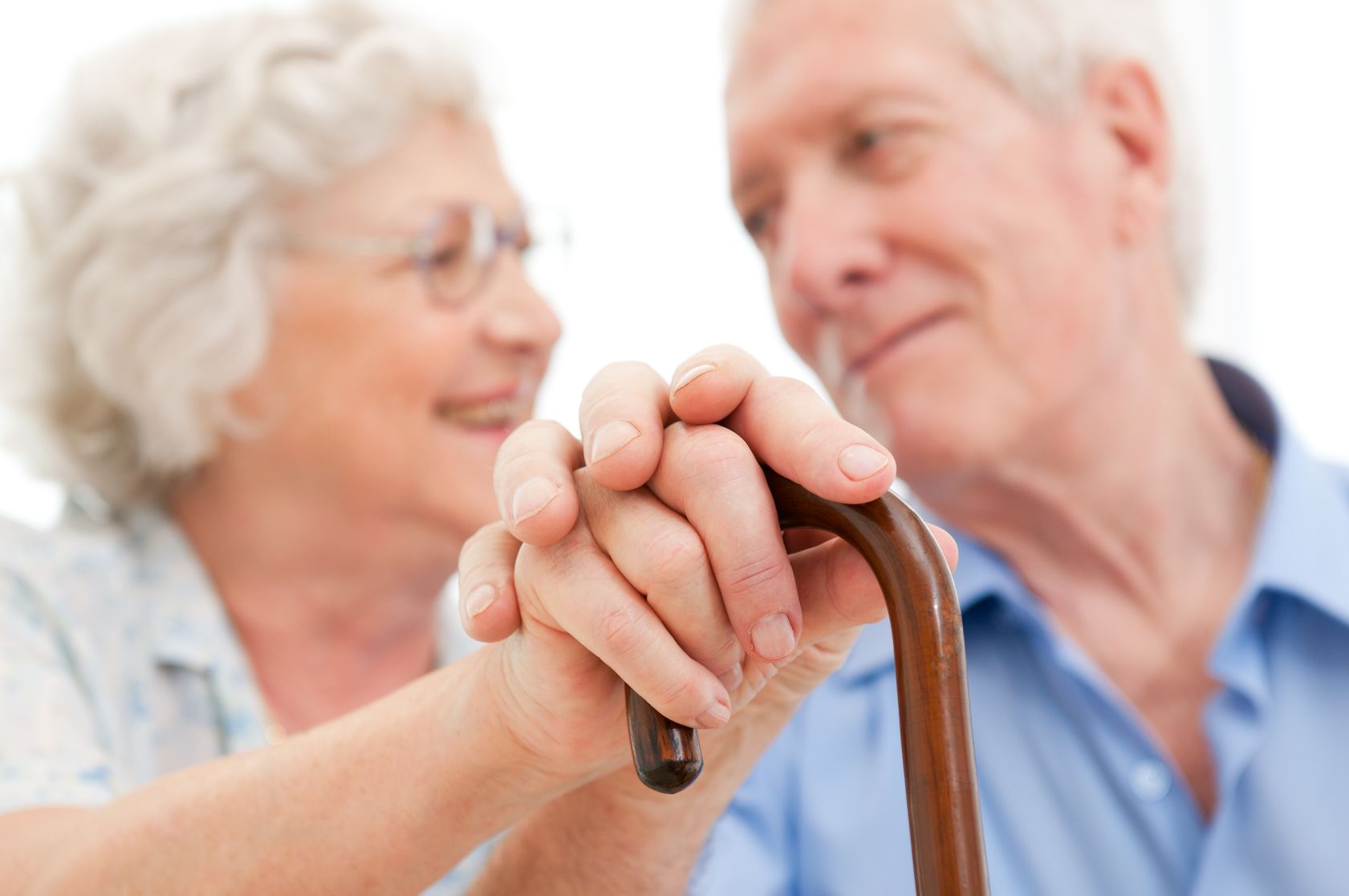- Provide seating at the entrance to the home, so that a person can rest or put down things
in their hand.
- Small icicles that are within easy reach should be removed so that entry to and exit from
the home are safe. Do not try to remove bigger and dangerous icicles by yourself. Instead
have them removed by someone else.
- Always wear shoes that fit properly and have nonskid soles with Velcro fasteners instead of laces.
- Install light switches at the top and bottom of all stairs.
- Use lights with high wattage bulbs to see more clearly.
- Installation of automatic lighting in areas of frequent activity can aid in safer night activity.
- Keep emergency flashlights near the bed to help locate the light switches and provide illumination in case of a power outage.
- When climbing or descending stairs, you should never be in a hurry to pick up a phone. It
can wait!
- Remember the number of stairs and count each step when climbing or descending.
- While carrying things, always keep one hand empty so that it is possible to grab on to something in case support is needed.
- Electrical and phone cords should be removed from walkways to reduce the risk of falls.
- Regularly used items in the kitchen should be placed where they are easily accessible.
- When using a ladder, always keep three points of contact with the ladder, that is two feet
and one hand.
- The use of a handheld shower makes it safer and easier to take a shower.
- The size and contents of a laundry basket should not be too heavy. Use a small basket for
comfortable use.
- For emergency purposes there should be a phone in the bathroom, attic, and laundry room.
- For emergency purposes, keep a bag with a 3-day supply of water and food, contact list, radio, flashlight, first aid, medications, etc. placed near the exit of the house.

